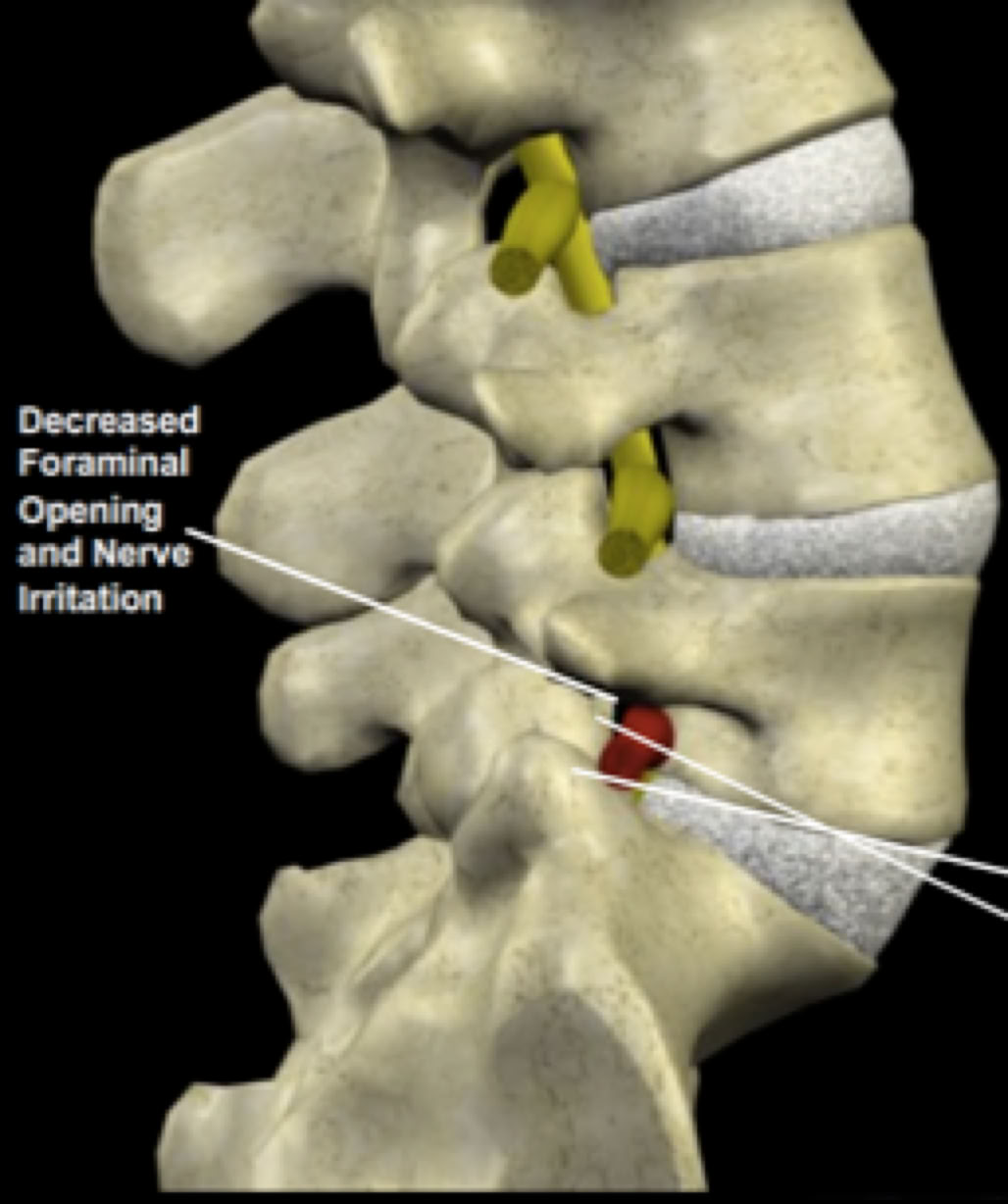Non-Surgical Spinal Decompression Centre
Melbourne Australia

Facet Syndrome
Each segment of your spine operates as a complex three-joint structure, consisting of two facet joints in the back and a large intervertebral disc at the front. This tripod-like system offers exceptional stability, supports the weight above each level, and facilitates movement in all directions. The posterior facet joints are synovial, meaning they are similar to other joints in the body. Due to their constant, repetitive motion, they are prone to wear and tear. Over time, they may become restricted in movement or develop excessive motion, both of which can result in pain. The facet joints vary in shape and angle across the cervical, thoracic, and lumbar regions of the spine, allowing for the full range of motion the spine needs.
Pain originating from the facet joints is commonly referred to as "facet syndrome." When the facet joints become inflamed, they can cause discomfort, stiffness, and soreness. Many individuals experience heightened pain during extension or after sitting or standing for long periods. Shifting positions frequently can help alleviate the discomfort. Facet syndrome pain often worsens in the morning and improves after movement, though those with poor posture or long hours of sitting may feel pain throughout the day.
Location of pain
Cervical facet joint pain typically presents around the base of the skull, upper back, shoulders, or neck. It can also radiate to the mid-back. Some individuals may experience frequent headaches or even tinnitus (ringing in the ears).
Thoracic facet syndrome, while less common, occurs due to limited motion in the thoracic spine, which is more rigid than the cervical and lumbar regions. Pain is generally localized to the affected segment near the midline of the back.
The lumbar spine, with its significant range of motion and high compressive forces, is often the site of facet joint pain. This pain may be felt directly over the affected joint but can also radiate to the buttocks, hips, groin, or the back of the thighs, depending on the specific joint involved.
Causes
Facet syndrome can result from trauma, such as a whiplash injury, or from abnormal postures that place excess strain on spinal tissues, including the facet joints. However, more commonly, facet syndrome develops due to degenerative changes in the cervical, thoracic, or lumbar spine. These changes lead to abnormal stress on the facet joints, increasing the load and contributing to pain.
Treatment
Conservative treatments for facet syndrome generally focus on postural correction, soft tissue therapy, and targeted manipulation of the affected areas. Non-surgical spinal decompression is effective for restoring movement to stiff, painful facet joints. This treatment, typically performed on specialized tables, aims to relieve pressure on the joints and restore normal motion. Anti-inflammatory medications are often prescribed to reduce inflammation. In some cases, facet joint injections or medial branch blocks, which involve steroid medications, can help pinpoint the pain source and reduce inflammation.
© 2025 Dr. Ilan Sommer DC (USA), Phone# 1300662295 Send us an Email